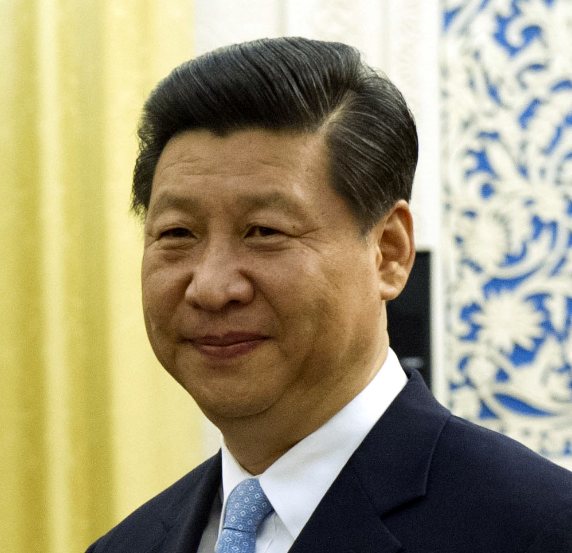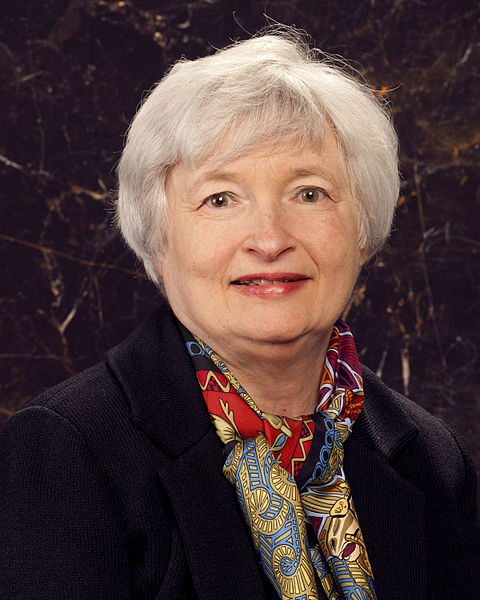Chinese Whispers: Rumours & Facts From the Third Plenum
| For Fórmate a Fondo | 0 Comentarios

The Third Plenum, a significant legislative function that brings together every member of the Central Committee to discuss major policy issues, has already been called “unprecedented” by Chinese officials. Investors remain skeptical, taking the cautious stance of awaiting more details of the meeting and its impact before making any decisions.
How Will Investors React?
China analysts are currently combing through the various resolutions adopted by the Plenum, looking for hints to any industries that might benefit from the next round of reforms. There will be various “market implications” reports from different brokerages (e.g. Chart 2), but considering the overall lack of any real surprises within the resolutions, many of the implications have already been priced into the markets, having become expensive, with valuations already outpacing earnings projections. We believe that eventually, when investors realize that even announced improvements will not occur overnight, prices will start dropping. Implicated investors will be caught in the old investment trap: “buy on rumor, sell on fact.”
The Financial Sector Stands Out
Regardless of the angle the Party winds up taking with future reforms, we strongly believe that the financial sector will be the first to benefit. Without a healthy banking sector, the rest of China’s reform plans would be much more difficult to achieve. The Chinese government is expected to accelerate interest rate deregulation and facilitate the development of the fixed income market. Due to the success of Shanghai and other cities in issuing bonds last year, we expect to see a more sophisticated development of Chinese municipal bonds. In order to increase transparency, we believe the local governments will be required to release their own balance sheets before issuing their own bonds. This will substantially remove the overhang of high credit risk related to local government lending (aka LGFV risk) within the banking system. Additionally, banks will be able to free up their capital and increase lending to a higher margin of the SME segment at the expense of reducing exposure to the corporate/local government segment, which currently accounts for some 72.3% of total bank loans.
Furthermore, another important financial reform-oriented message was the intention to establish a government bond yield curve which will better reflect market supply and demand. This should imply a higher yield for RMB long-dated bonds, benefitting local insurance companies.
At current valuations, Chinese banks have priced in high credit cost for fear of LGFV risk and rising NPL. We believe the new government policy of allowing local governments to issue bonds will serve as a catalyst for a significant re-rating of China’s currently undervalued and under-owned banking sector. Other non-bank financials (e.g. insurance companies and brokers) should also benefit in view of anticipated development in the fixed income market.
Looking forward, we remain very positive on China’s investment outlook. The country offers an attractive GDP growth of over 7%; growth we believe to be sustainable given the positive messages from the Third Plenum. In addition, the lack of inflationary pressure (CPI is forecast to be 3.5% in 20143) and the development of fixed income markets should all benefit overall financial reform. There have been some signs pointing to the return of business confidence as per the PWC Asia Pacific 2013 CEO survey (see Chart 3) which shows that 68% of 478 Multinational Corporations are planning to increase their investment in Asia next year.
Opinion column by Mansfield Mok, Portfolio Manager, New Capital China Equity Fund, EFG Asset Management










